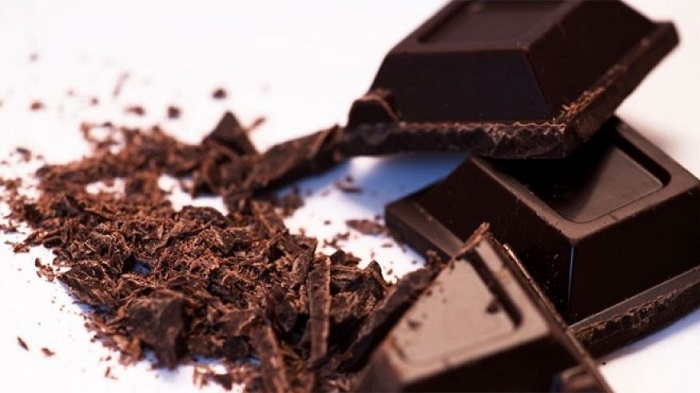There are a handful of general strategies that have been proven to help maintain weight. A healthy diet should be founded in vegetables and plants, because they have a more complex nutritional profile than simple carbohydrates, and are rich in satiating fiber, keeping you fuller longer. Another tip to remember is that "junk food" doesn’t need to be completely avoided — however, the catch is that you need to make it yourself. Most recipes for homemade hamburgers, pizzas, French fries, or mashed potatoes will have less salt and fewer empty calories than what’s available at a fast-food restaurant or convenience store. Also, don’t be afraid to snack. As long as you’re munching on something low in calories and rich in fiber, a few midday munchies can actually help you side-step a complete diet breakdown.
Realistic food guidelines are the key to staying at your ideal weight, and there are a few select foods that can help make the transition from losing to maintaining the loss easier. These nine foods will keep you full and satisfied, and help you keep off the weight off that you worked so hard to lose.
Almonds
Almonds aren’t necessarily low in calories (an ounce contains around 150 calories), but they are rich in fiber and are the perfect snack to rescue you from a bad eating decision. Almonds, whether they’re toasted or raw, contain high amounts of magnesium, vitamin E, and copper. Keep them in your bag or by your desk as an emergency munchie.
Asparagus
The long, bright green stalks of asparagus are usually found nestled between a steak and mashed potatoes, but this vegetable should be considered a main player for your dinners. One cup of asparagus contains only 32 calories, and its fibrous stalks break down slowly, which helps resist late-night cravings. They’re also a classic breakfast/brunch option that can be paired with eggs in a frittata or omelette.
Brown Rice
It’s unrealistic (and unwise) to completely avoid carbohydrates. Grains, such as brown rice, are a crucial component to any healthy eating plan because they serve as a replacement for other less healthy carbs, such as white rice, pasta, or bread. One cup of cooked brown rice contains only 216 calories, along with 4 grams of fiber and 5 grams of protein. Use brown rice as a base for bean dishes, stews, or stir fries to add some heartiness to the meal.
Dark Chocolate
A controlled study found that men who ate 3 ½ ounces of dark chocolate before a meal ate 17 percent fewer calories than men who ate 3 ½ ounces of milk chocolate. The reason: The pure cocoa solid in dark chocolate contains stearic acid, which increases fullness by slowing down digestion.
More about:
















































